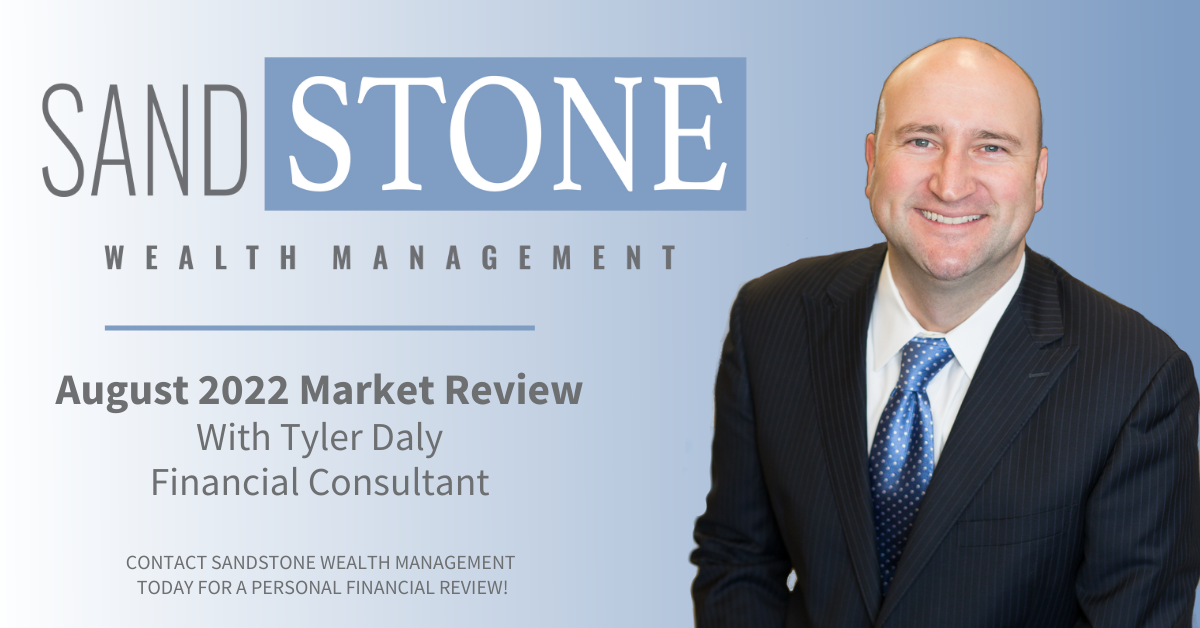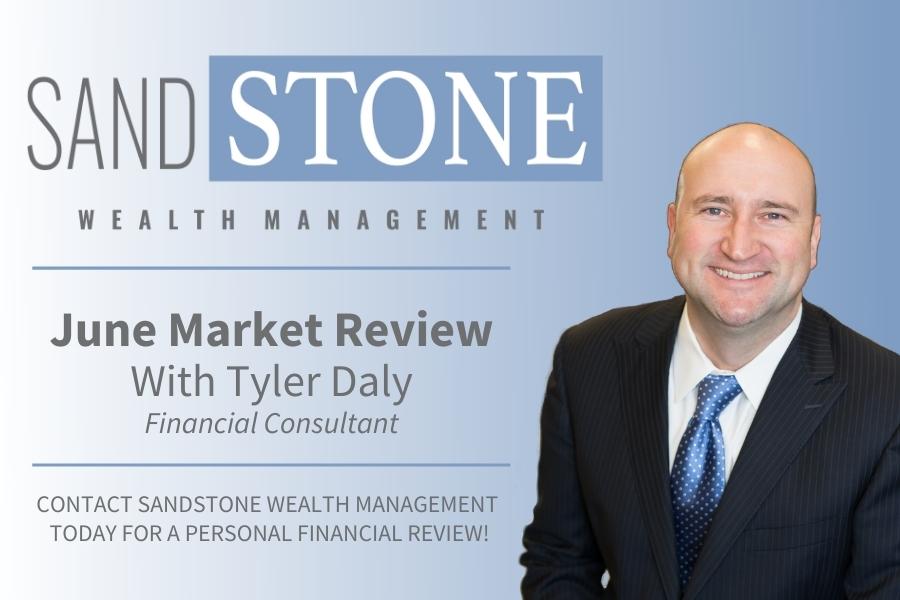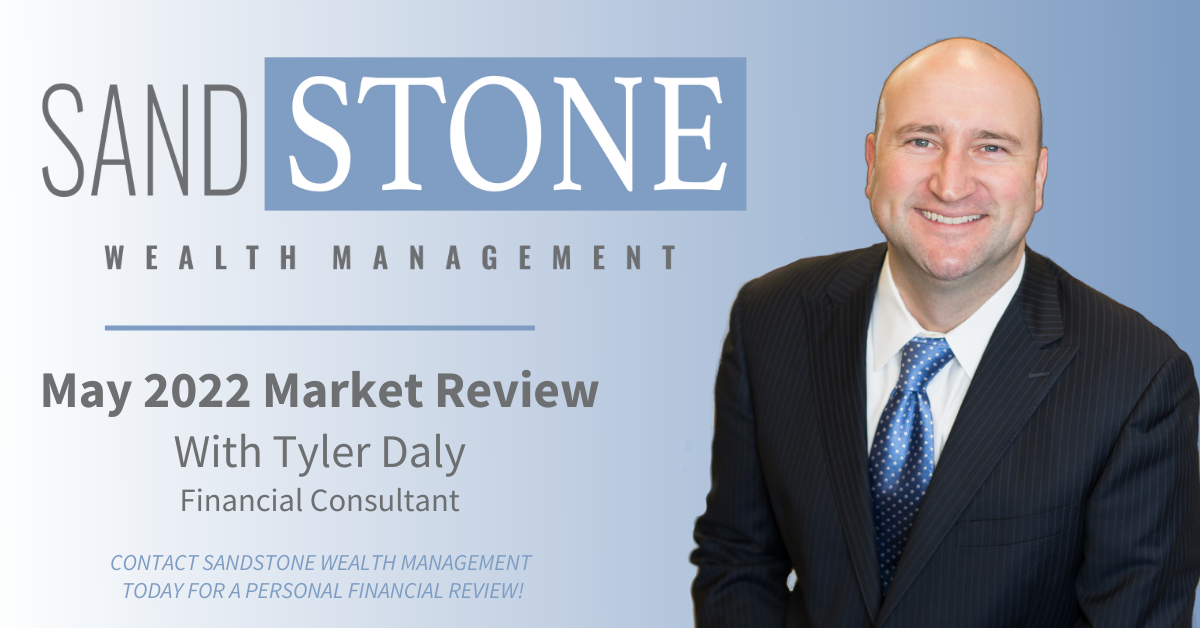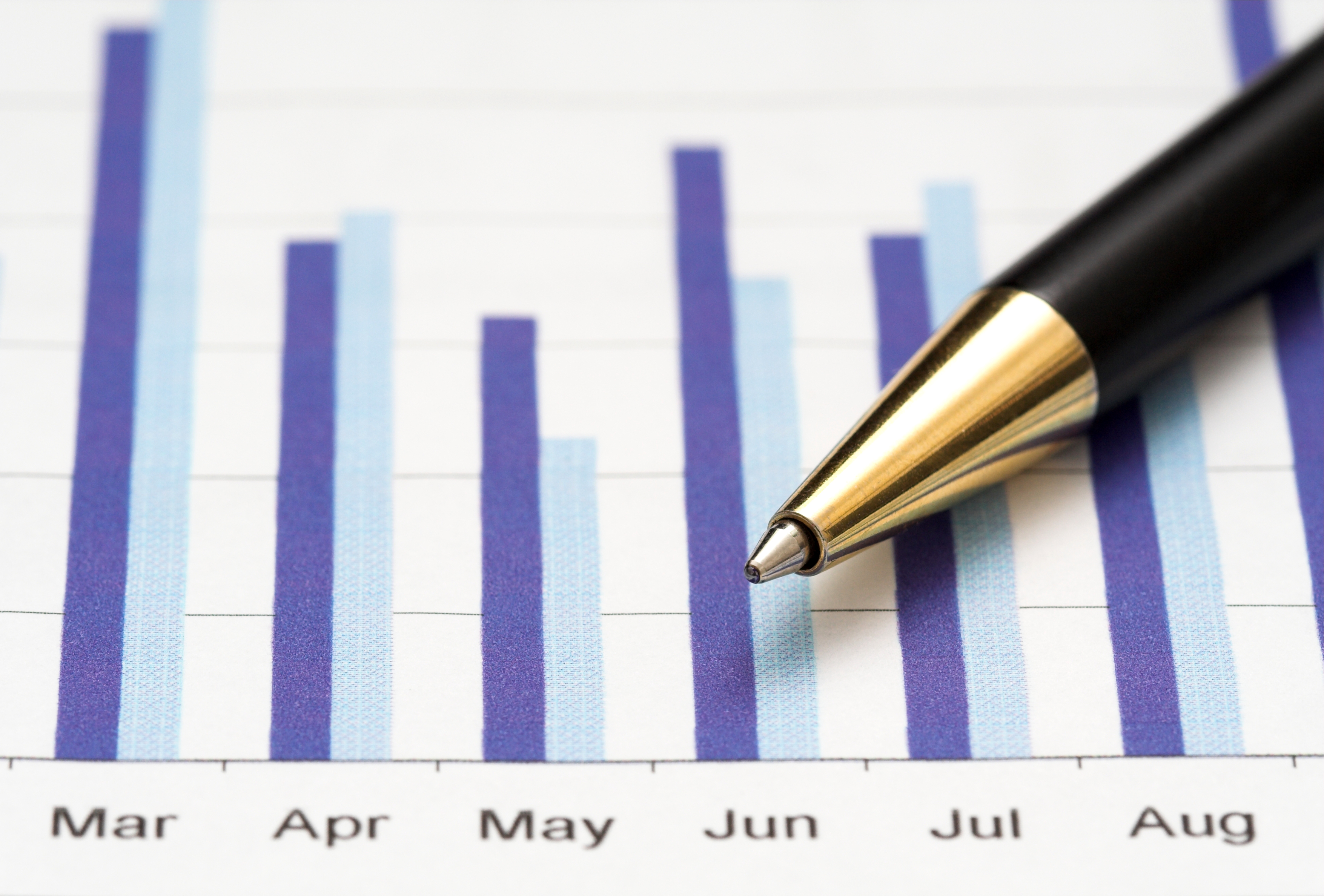
February begins with a stack of important economic scorecards. Among them are the last of the fourth-quarter corporate earnings reports, last week’s assessment of the 2020 gross domestic product (GDP), unemployment figures, consumer spending, as well as all the other regular reports that give us a snapshot of our recent economic history.
We’ve also seen our first glimpses – and first tangible evidence – of the new administration’s priorities. And adding to the list is a new scorecard – a tally of the first full month of COVID-19 vaccinations.
It’s a new year, but the same drivers of volatility remain: COVID-19, vaccine progress and politics. The S&P 500 had been up approximately 2.5% before a pullback on the last day of the month sent it lower for January – the first negative month since October. The broad equity markets declined in January despite the S&P 500 setting five new record highs during the month, and volatility “woke up,” to some degree on short-sell activity, ending the month at 32.4, up approximately 37% since the end of December. Four out of the 11 S&P 500 sectors were positive for the month, including some (real estate, energy) that had been lagging due to COVID-19 lockdowns.
The pace of the economic recovery slowed in the final quarter of 2020, based on a smaller quarterly rise in GDP than we saw in the third quarter, ending the year 2.5% lower than the fourth quarter of 2019. Consumer spending growth was also up, but limited, constrained by the pandemic. Raymond James Chief Economist Scott Brown said he expects a sharp rebound in the latter part of the year as the distribution of vaccines continues.
The anticipation of another stimulus package is supportive of equity markets, noted Chief Investment Officer Larry Adam, with the expectation it will build a bridge to a more normal time by the second half of the year.
So again, we look to Washington. President Joe Biden has proposed a $1.9 trillion stimulus package, and while the administration seems to be seeking bipartisan support, the majority-rules budget reconciliation process could allow a unilateral approach in the end. The month to watch will be March, Washington Policy Analyst Ed Mills said, which is when many elements of the December stimulus package are set to expire. One thing to remember, Mills said, is that “significant action in D.C. is frequently impossible right before becoming inevitable.”
So, as we work our way through these extraordinary times toward a more ordinary future, let’s take a look at the numbers since the start of the year.
|
|
12/31/20 Close |
1/29/21 Close |
Change |
% Gain/Loss Year to Date |
|
|
DJIA |
30,606.48 |
29,982.62 |
-623.86 |
-2.04% |
|
|
NASDAQ |
12,888.28 |
13,070.69 |
+182.41 |
+1.42% |
|
|
S&P 500 |
3,756.07 |
3,714.24 |
-41.83 |
-1.11% |
|
|
MSCI EAFE |
2,147.53 |
2,124.05 |
-23.48 |
-1.09% |
|
|
Russell 2000 |
1,974.86 |
2,073.64 |
+98.78 |
+5.00% |
|
|
Bloomberg Barclays Aggregate Bond |
2,392.02 |
2,374.87 |
-17.15 |
-0.72% |
|
|
|
Performance reflects price returns as of market close on Jan. 29, 2021. |
||||
Other developments throughout the economy and the world follow similar contours.
The oil wait and see
The energy sector is closely watching the new administration’s changes in policy. While moves intended to address climate change are the largest catalyst for change, this is not the only factor. For example, relations with Iran could have significant effects on the oil market if the Biden administration seeks to change course by reengaging with the nuclear agreement and relaxing sanctions placed against the nation in 2018, which sharply decreased oil exports. Timing is a question mark. Though many expect quick action on this front, it could instead be a late-year priority, after Iran holds its presidential elections on June 18.
Pandemic environment drives international markets
British and European markets look similar to their counterparts in the U.S., with limited gains in January following strong showings in November and December. Many European countries have shifted back into lockdowns and only the U.K. has shown strong actions regarding COVID-19 vaccinations. The International Monetary Fund pulled back its 2021 growth estimates.
Asian markets had a much stronger month in comparison, with China reporting positive economic data. Dispelling rumors of a pullback on stimulus, China now appears to be continuing its push to maximize growth through the year.
Late-year expectations raise bond yields
Fixed-income yield curves steepened as long-term rates went up while short-term rates stayed essentially flat. Demand for higher yields tightened high-yield corporate spreads, continuing a trend since September.
Fear of inflation is starting to percolate on assumptions made about individuals’ stimulus spending, but that is likely overstated, Senior Fixed Income Strategist Doug Drabik said. Pockets of inflation are possible, but “there is no mounting evidence to think inflation greater than 2.5% is around the corner.”
The bottom line
- The surge in COVID-19 cases and increased restrictions has moderated the pace of the economic recovery, but widespread vaccinations should help to propel a sharp rebound in consumer services (and the overall economy) in the second half.
- The market continues to be driven by positive sentiment about a return to normal by the middle of the year, assuming a strong vaccination rollout.
- The possibility of fiscal stimulus remains a powerful carrot to some of the positive investment sentiment. How it comes together may tell us a lot about how the new administration works and whether Congress has created a new dynamic with both houses controlled by one party.
I hope you and yours continue to remain safe and well as we cope with the difficulties affecting the world. Thank you for your continued trust as we navigate this complex era together. If you have any questions, please do not hesitate to reach out.
Material prepared by Raymond James for use by its advisors.

Tyler has been in the financial services industry since 2004 and with Sandstone Wealth Management and Heartland Bank since 2009. He is Series 7, 66 and Insurance licensed to assist his clients with all their investing, financial planning, and insurance needs. Tyler was recently named to the Forbes List of America's Top Next-Generation Wealth Advisor, which recognizes advisors from national, regional, and independent firms. Tyler graduated from the University of Nebraska-Lincoln with a Bachelor’s Degree in Diversified Agriculture and was born and raised in the Nebraska Sandhills. This gives him an intimate knowledge and understanding of his farming and ranching clients. Tyler is married to Rachel, who earned her Doctorate of Pharmacy from the University of Nebraska. They have two children, Camilla and Cooper. Away from business, he enjoys officiating high school basketball in the winter as well as golfing and team roping in the summer.


.png)

.jpg)

.jpg)

.png)



